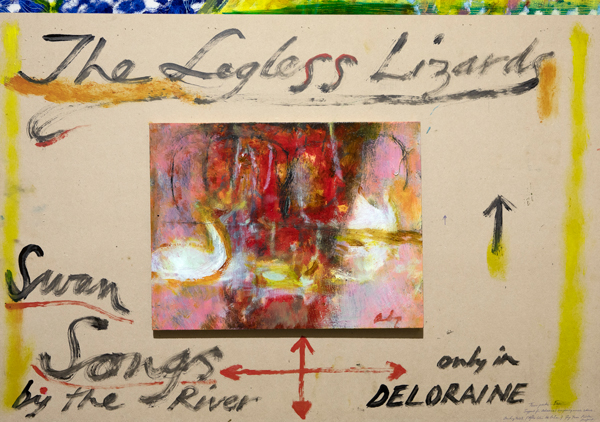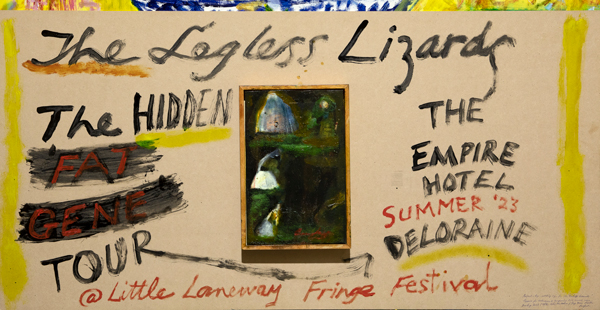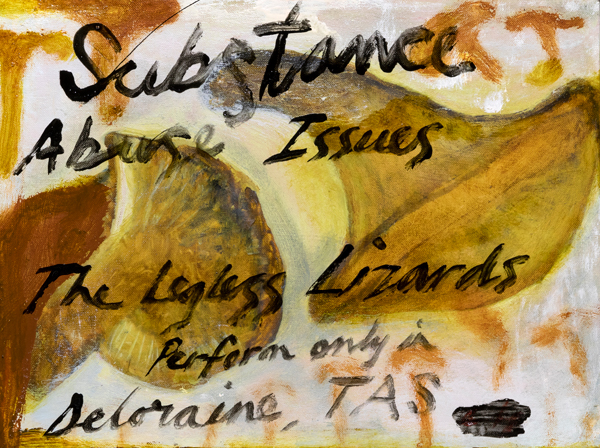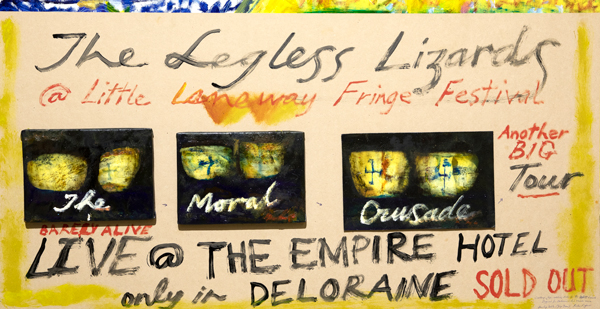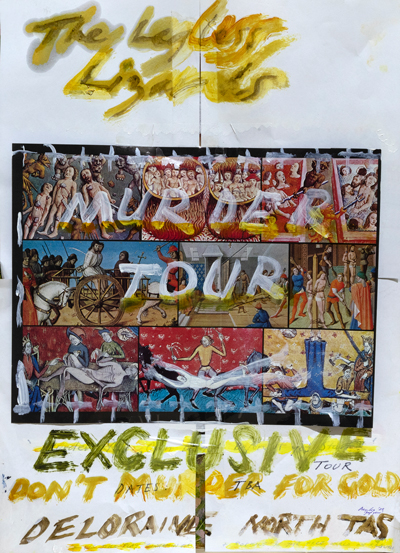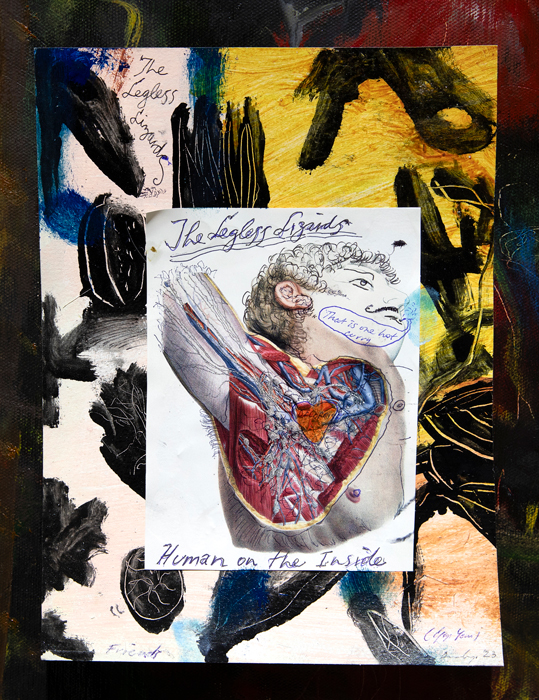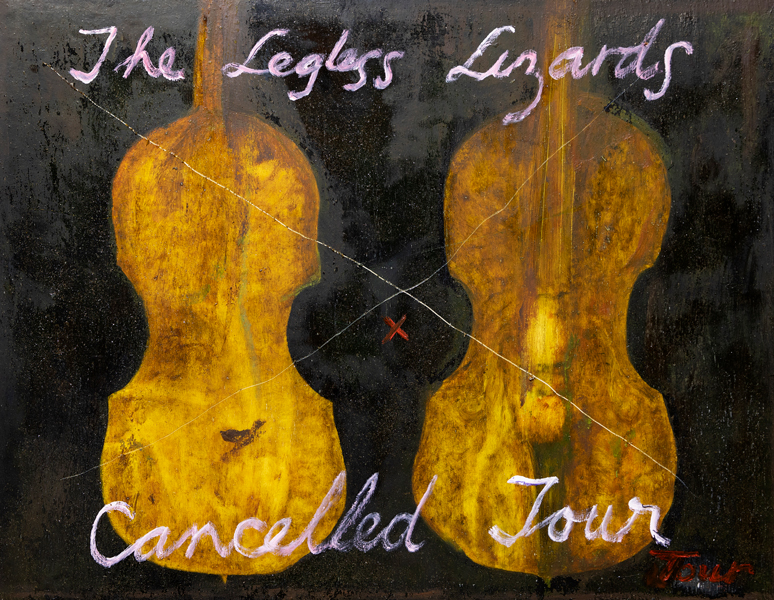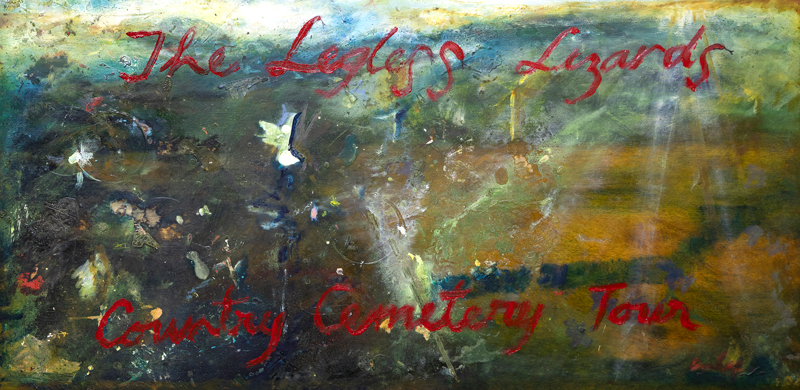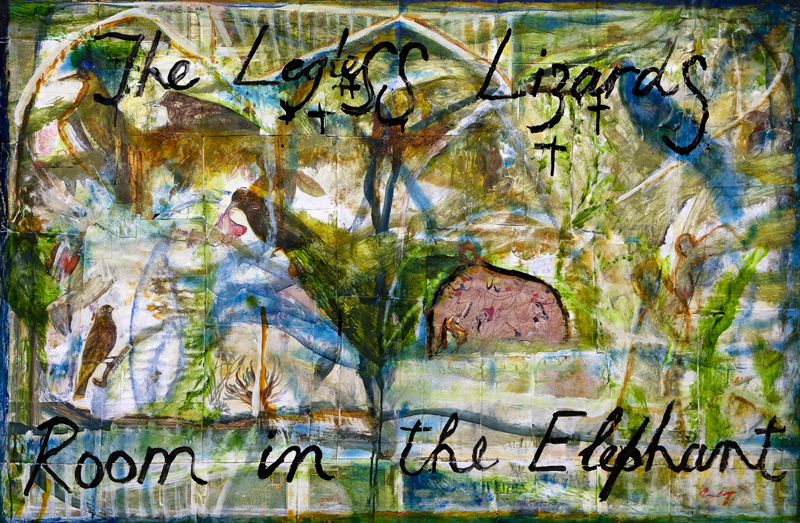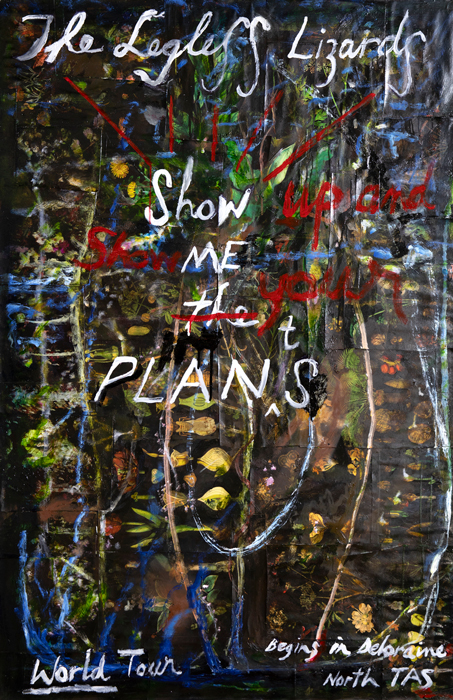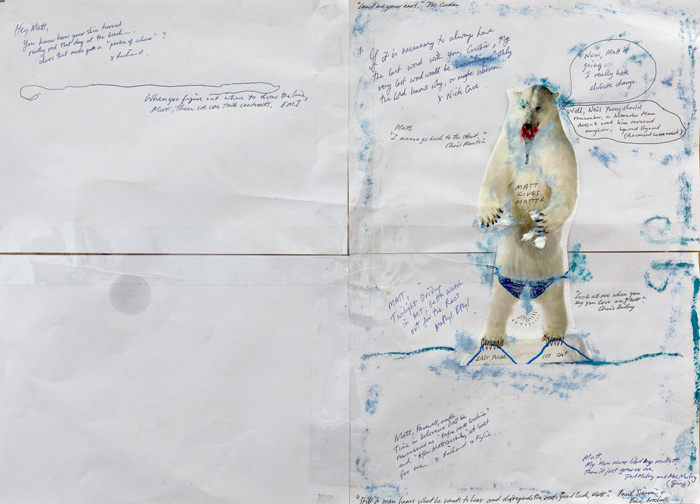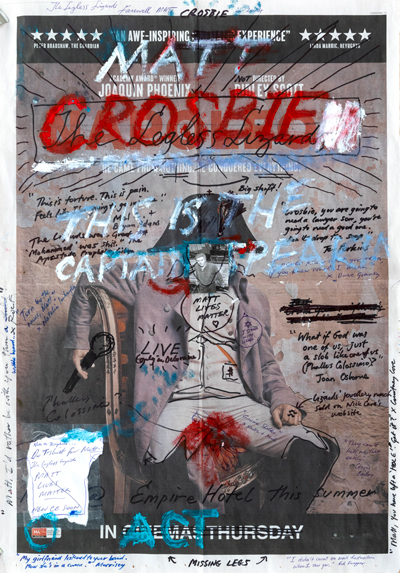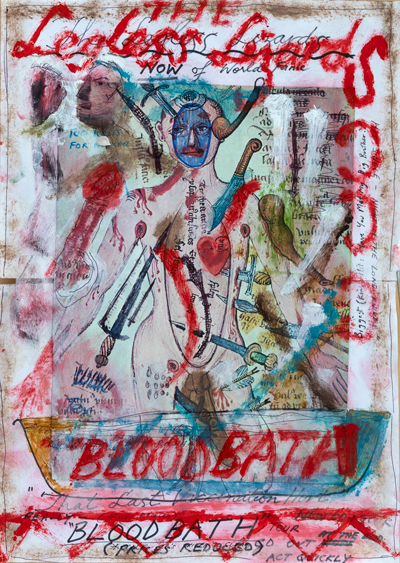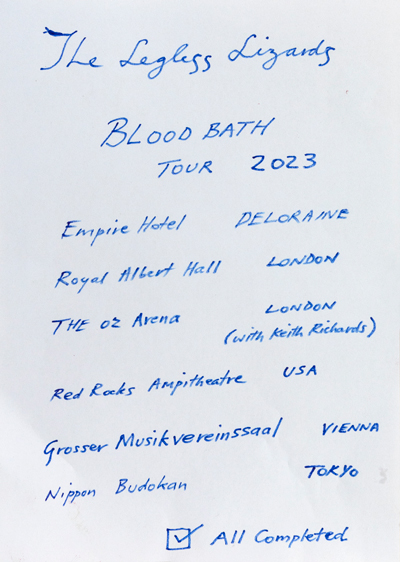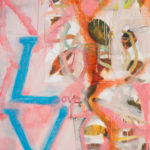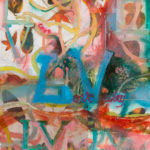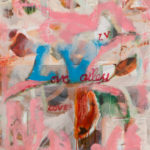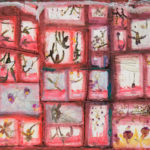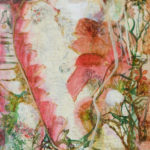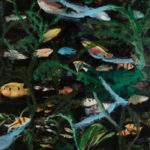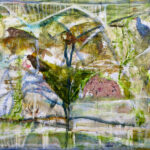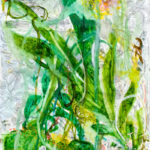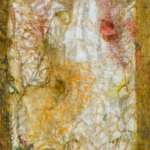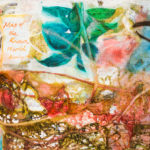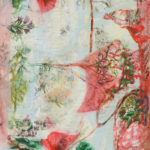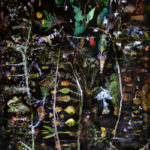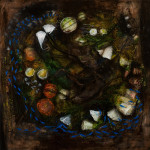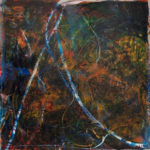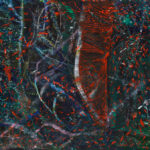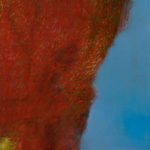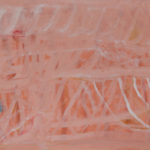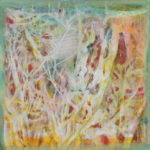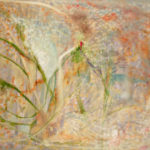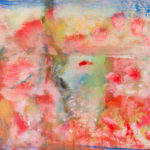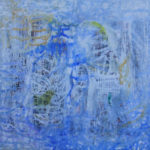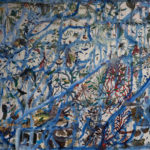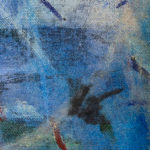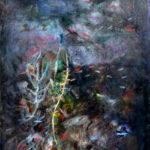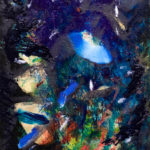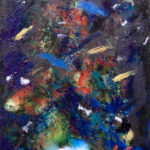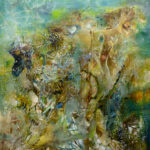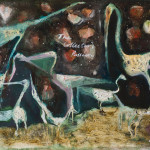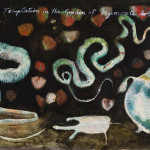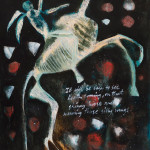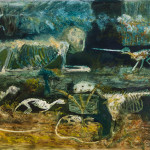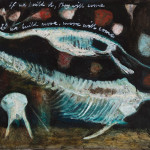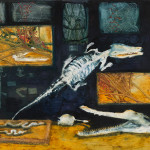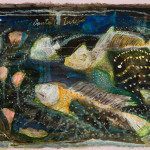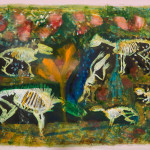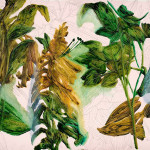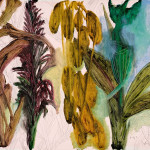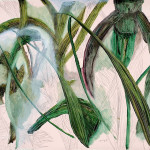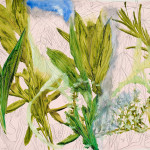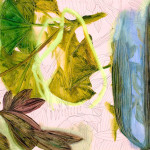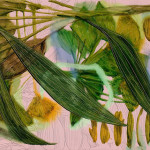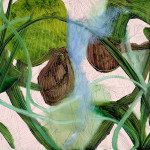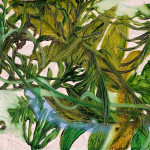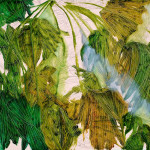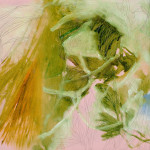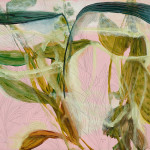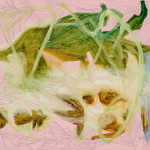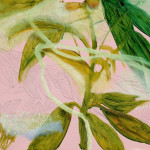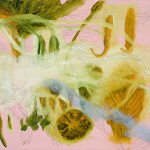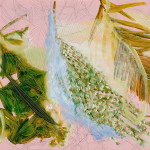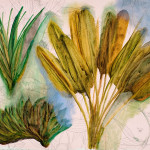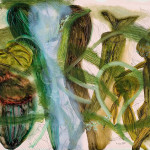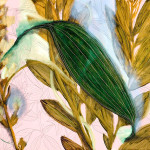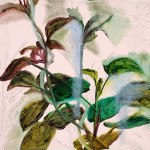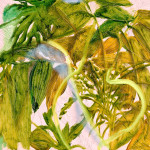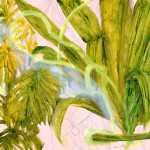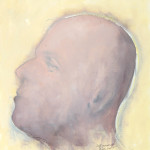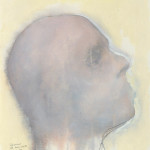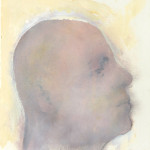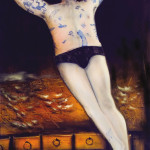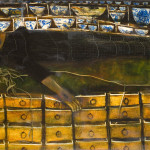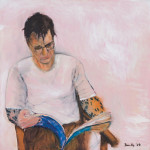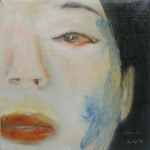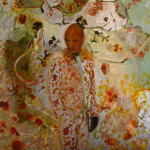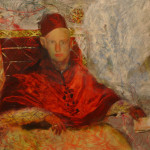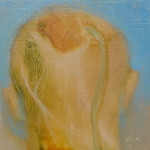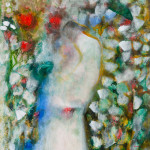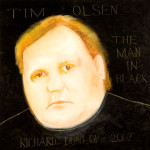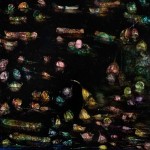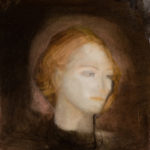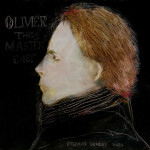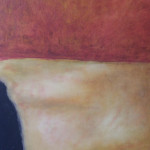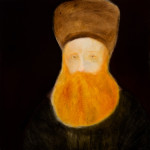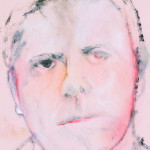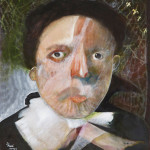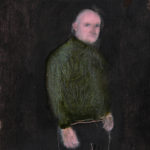-
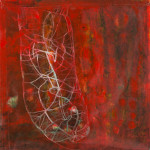
-
2009 oil on unstretched Belgian linen 152 x 152cm, $25,000
-
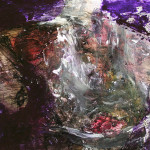
-
1992 oil and ink on 3M Permanent Photographic Paper 20 x 30cm, Sold
-
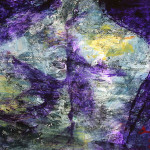
-
1992 oil, ink and acrylic on 3M Permanent Photographic Paper 20 x 30cm, Sold
-
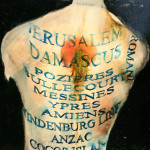
-
2001-2007 oil on marine ply 90 x 90cm (signed verso), Sold
-
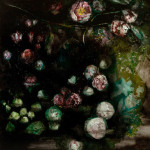
-
2009 oil on Belgian linen 122 x 122cm, Sold
-
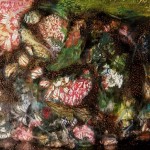
-
2010 oil on canvas 150 x 180cm, Sold
-

-
2010 oil on canvas 25 x 25cm, Sold
-
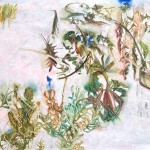
-
2010 oil on Belgian linen 180 x 300cm, Sold
-
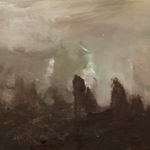
-
2019 oil on Tasmanian oak 20 x 120cm
-
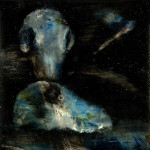
-
2009 oil on canvas 30 x 30cm, Sold
-

-
2009 oil on canvas 30 x 30cm, Sold
-
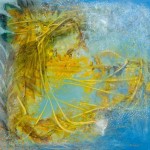
-
2010 oil on linen 122 x 122cm, Sold
-
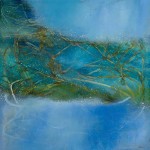
-
2010 oil on Belgian linen 152 x 152cm, $22,000
-
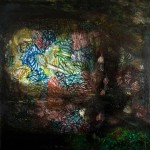
-
2010 oil on Belgian linen 168 x 168cm, $35,000 (framed in oak)
-
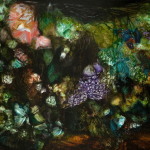
-
2010 oil on canvas 150 x 180cm, Sold
-
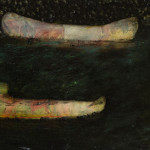
-
2010 oil on panel 30 x 90cm, Sold
-

-
2010 oil on Belgian linen 115 x 200cm, Sold
“Those that I fought, I do not hate
Those that I guard, I do not love.”
– W. B. Yeats, An Irish Airman Foresees his Death, 1918
“Dunlop displays an ability to express through visual media profound sentiments that defy easy rationalisation. This seems to derive from an intuitive source that shifts from work to work, rather than a consistently regulated one. It is this almost poetic impulse that contributes to the tender beauty of these paintings, which is nevertheless tempered by his acknowledgement of dark, unknowable spaces that exist alongside it. Dunlop cites a drive through Victorian country towns during the ANZAC day period in 2010 as the spark of genesis for this exhibition. As an artist who for many years has sought to reinvigorate the still life genre, witnessing the floral wreaths laid at the base of stone monuments and noting the tension between the ephemeral, decaying wreaths and the solidity of the stone had a resonating impact. These rituals of the living to honour the dead have a kind of didactic function, a way of consistently reminding society about the horror of war in order to avoid its recurrence. Yet perhaps more important to their conveyance of meaning is the tragic beauty encapsulated by the slowly fading wreath, as though by the steady progress of time something once alive is reduced to dust, air and matter. These memorials form a gentle but pervasive metaphor for a greater context.” – Marguerite Brown, 2011
“Ultimate excellence lies not in winning every battle but in defeating the enemy without ever fighting. The highest form of warfare is to attack strategy itself… The place I intend to attack must not be known. If it is unknown, the enemy will have to reinforce many places. The enemy will reinforce many places, but I shall attack few… Do not thwart a returning army. Leave a passage for a besieged army. Do not press an enemy at bay.” – Sun Tzu The Art of War 6th Century BC
“Northern Tasmania is probably the most beautiful, idyllic, unspoilt, safe place on Earth right now.” – Xi Jinping, Supreme Leader briefly visits Tasmania, 2014
“The Vietnam War produced the best soundtrack of any war. The Falklands, nothing to show for it.” – Ricky Gervais
